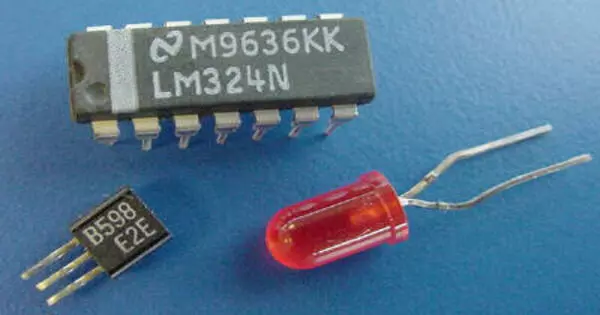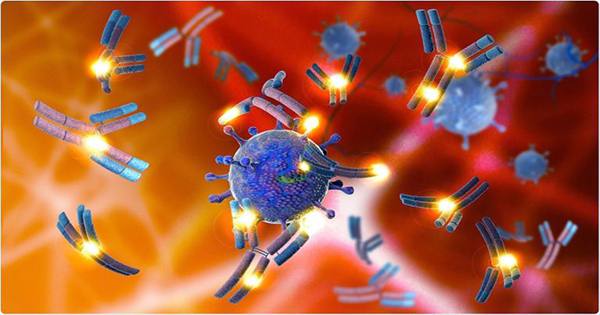Semiconductor electronics are electronic devices that use semiconductor devices such as transistors, diodes, and integrated circuits (ICs). The technology and devices based on the properties and behavior of solid-state materials, particularly semiconductors, are referred to as solid-state electronics.
Solid-state devices are widely used in modern electronics and have transformed computing, telecommunications, and consumer electronics. The term is also used as an adjective to describe devices in which semiconductor electronics with no moving parts replace devices with moving parts, such as the solid-state relay, which uses transistor switches instead of a moving-arm electromechanical relay, or the solid-state drive (SSD), which is a type of semiconductor memory used in computers to replace hard disk drives, which store data on a rotating disk.
The flow of electric charge in solid-state electronics is controlled and manipulated by the movement of electrons in solid materials, primarily semiconductors such as silicon (Si) and germanium (Ge). These materials possess properties that allow them to act as both conductors and insulators depending on the circumstances.
Solid-state devices are made up of various components that are fabricated on a solid substrate or chip, such as diodes, transistors, and integrated circuits (ICs). Smaller size, lower power consumption, higher reliability, and faster switching speeds distinguish these devices from vacuum tube counterparts.
Some of the key solid-state devices include:
- Diodes: These are two-terminal devices that allow current to flow in only one direction. They are commonly used in rectification circuits and as voltage regulators.
- Transistors: Transistors are three-terminal devices that can amplify or switch electronic signals. They form the basis of digital logic circuits, amplifiers, and many other electronic systems.
- Integrated Circuits (ICs): ICs are complete electronic circuits fabricated on a single semiconductor chip. They can contain thousands to billions of transistors and are used in microprocessors, memory chips, and various other applications.
- Optoelectronic Devices: These devices combine the principles of solid-state electronics and optics, enabling the manipulation and detection of light. Examples include light-emitting diodes (LEDs), photodiodes, and laser diodes.
- Memories: Solid-state memories, such as Flash memory and dynamic random-access memory (DRAM), are used for data storage in various devices, including computers, smartphones, and digital cameras.
Solid-state electronics advancements have played a critical role in the development of modern technology, allowing for the miniaturization and increased functionality of electronic devices while lowering costs. With ongoing research and innovation, the field continues to evolve, resulting in new applications and improved performance of electronic systems.
















